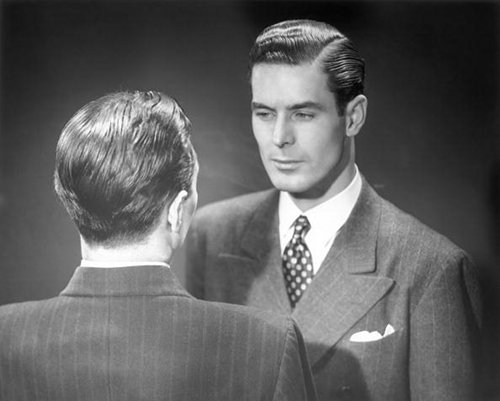The facial expression on communicator’s face is almost as
revealing of emotion as the communicator’s eyes. A facial expression conveys
meaning which is determined by circumstances and relationships. Researchers
have estimated that the human face displays more than 250,000 expressions! How
much expression do you think that you could make? A large portion of people
display their emotions openly whereas some people tend to hide their true
feelings in order to keep up a 'poker face'. The interpretation of facial
expressions often differs in various cultures. For instance, in American
society the grin is typically an expression of pleasure. Yet it also has
additional functions. The meaning associated with a woman's smile towards a
police officer will carry a different meaning from the smile she would give to
a young child. A smile may display affection, convey politeness, or even
camouflage genuine sentiments. For example many people in Russia consider
smiling at outsiders in broad daylight to be unordinary and even suspicious
while in cultures from Southeast Asia, a smile is every now and again used to
cover emotional pain or awkwardness. Vietnamese people may tell the sad story
about how they had to leave their country but they always end the story with a
smile.
Smile is just one of
the several facial statements an individual’s use. Raising or bringing down of
eyebrows, squinting, clenching the jaw and swallowing anxiously are some more
types of facial expressions. Remember, you may be judged by other people on the
bases of your facial expressions and also be misinterpreted but never make the
mistake of judging other people especially from distinctive societies on their
expressions as the degree of facial expressions one exhibits varies among
people and societies.
Here is an interesting video illustrating the different
facial expressions that people use in their daily life to showcase their
emotions.
References:
VolaFriends. (2011, february 23). 75 expressions in
less than a minute! VolaFriends! Retrieved from Youtube.com:
https://www.youtube.com/watch?v=ypqQ_mJIU3M
Guffey, M.E., Rhodes, K., Rogin, P.(2011). Business
Communication: Processes and product(4th brief Canadian
edition).Scarborough,Canada:Nelson.

